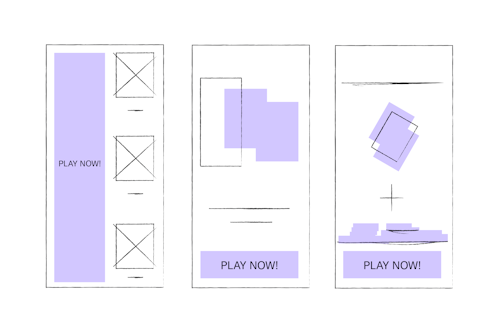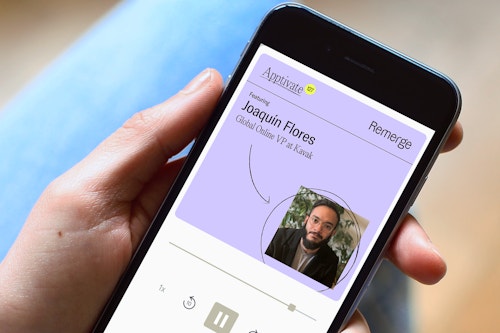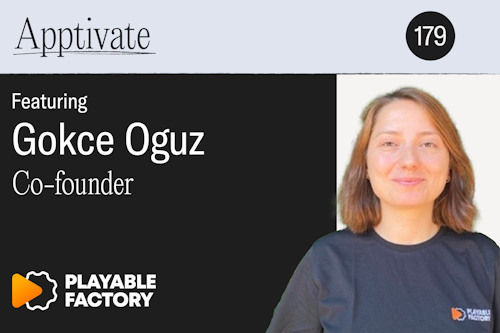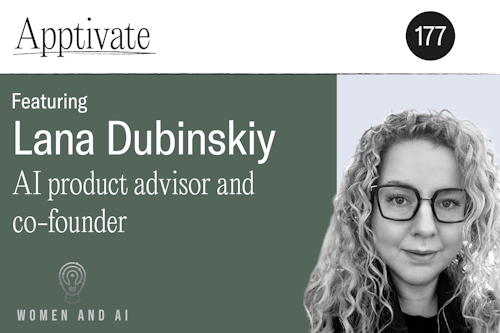Developing win-back, retargeting and personalization strategies
June 08, 2022
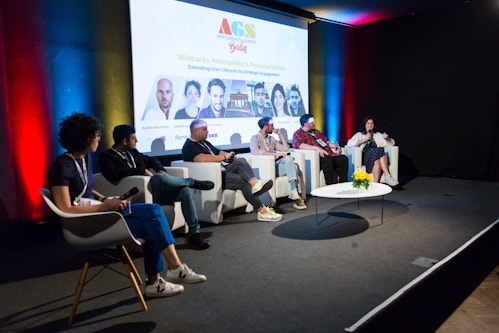
In an exchange of ideas centered around win-back, retargeting, and personalization strategies, Valeria Lovato, Director of Account Management at Remerge, hosted a panel discussion at the App Growth Summit Berlin on May 12, 2022.
Here is our round up of the session and some key learning from the expert panelists. You can also watch the full panel discussion directly below, which includes discussions on preventing churn, the importance of segmentation and extending the user’s lifetime cycle.
What do we mean by retargeting, engagement and re-engagement?
After a quick round of introductions, Valeria asked the panelists to define some words that are overused (often confusingly) in the industry. While some terms vary slightly depending on a company’s business model, the panelists landed on these common-ground definitions for the discussion:
- Retargeting: Paid advertising efforts to convert users that perform an action within a mobile app.
- Engagement: When a user has shown interest and intent, mobile advertisers look to interact with them using relevant content to ensure they stay in the app.
- Re-engagement: When a user has lost interest and left the app, mobile advertisers show content to try and get them to re-convert.
Defining and understanding these terms is the first step toward designing effective strategies and selecting communication channels for mobile applications at every stage of the user lifecycle.
How to prevent churn and keep users in your app
Next up on the agenda was “churn.” Churn refers to users who stop using a mobile app - this can be a drop in active sessions or an app uninstall. Xavier Bourlard, General Manager at YouAppi, pointed out that close to 89% of mobile apps lose daily active users within the first seven days after an install. Within this context, Xavier stated that it’s critical for mobile app developers to have a plan in place for those first seven days: "It’s really important to start actions within the first seven days. Most of the app developers we are working with start doing actions from day 1 up to day 7. This is better when you are retaining and get back the user, and to even acquire a user.”
Aitor Abonjo, Head of CRM at Flink, mentioned:
“For us, churn is something a little different. An order is what we want, but competition is intense which means that loyalty is nowhere to be seen. For us it’s about understanding: where was the order? was there an issue with the order? What is the competition doing?
« It’s really important to define which message we serve to which customer at each time. [Segmentation] is a huge topic. »
Thomas Le Hardy, Global Marketing Director, Jokr
The importance of segmentation
After acknowledging that organic churn is to be expected, the conversation shifted towards segmentation and the approach each of the different experts uses across the mobile marketing funnel, along with the role that personalization plays in segmentation.
As Anuvind Kanwal, Lifecycle Marketing Manager at Miro, explained, "segmentation is such a broad topic and we always think about this quantitive data based segmentation. What we need to do is use these data models with real-time content. Segmentation needs to be synchronized with content."
The panelists discussed segmentation within the food delivery industry. If a marketer at a food delivery app notices a high volume of churned users, they can offer users a coupon to prompt them to come back to the app. Anuvind stated that another approach would be to take advantage of email marketing by determining a user group’s most favored type of cuisine and using content-heavy emails that contain references to these food types. In these instances, testing is a strong ally when experimenting and figuring the best approaches.
Thomas Le Hardy, Global Marketing Director at Jokr, added: “We really try to link segmentation with our communication funnel. First, what is the message we want to deliver in each step of the funnel? Every message is also linked with creatives, tone of voice and so on. It’s really important to define which message we serve to which customer at each time. [Segmentation] is a huge topic.”
« For us, discounts have worked really well. Wrap discounts in content and make them seasonal. »
Emma Sarret, Growth and CRM Manager, Holy Owly
The secret to a good win-back strategy
Closely tied to segmentation, the group also discussed win-back strategies and what has proven successful. Here’s what experts shared:
- Loyalty programs. These programs are designed to make users come back to use a product or service. For example, mobile app developers devise campaigns where customers can accumulate loyalty points for each transaction they make. These non-tangible incentives or milestones create a sense of loyalty with the user. Loyalty programs help leverage non-tangible value to avoid churn, retain customers, and help them come back.
- Direct mail. For direct mail to work, the panelists agreed that it’s critical to understand which users are valuable and will respond positively to this form of engagement. Sometimes, strategies like deploying emails on behalf of the CEO can help users feel valued and may give them greater motivation to provide feedback or perform an action. If there’s enough budget available, it’s a smart idea to test email campaigns to determine what works and what doesn’t. Aitor Abonjo said: "For direct mail, it’s about understanding who is of super high value for us. What’s the potential ROI and how much are we willing to spend?"
- Seasonal discounts. Well-timed seasonal content is powerful on its own, but when coupled with discounts like Black Friday, Cyber Monday, or any other event that speaks to your audience, it can yield even better results. “For us, discounts have worked really well. Wrap discounts in content and make them seasonal. I would take any event that correlates with your business and find events that speak to your audience, and not necessarily the audiences of other companies”, Emma Sarret, Growth and CRM Manager at Holy Owly.
Paid advertising is also a great addition to bring customers back to your product or service. Testing different tones of voice and creatives are key when trying to reactivate a user. Based on user pain points and your profitability goals, you can define the cost you want to invest for a user to come back and place an order.
A final world on extending the user’s lifecycle
The holy grail is to integrate all of the above-mentioned strategies from day one of your user mobile marketing campaigns. The first seven days are crucial so it’s important that you keep a close eye on app open rates and active sessions, as they help illustrate and define the segmentation and personalization strategies you should consider. Define churn points to save time and money before a user chruns, and make sure to integrate everything in your marketing agenda so it’s an orchestrated effort based on your app’s goals.
